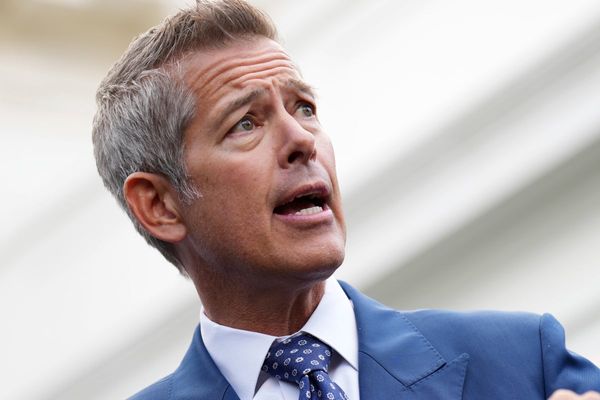
President Donald Trump has launched an unprecedented federal takeover of Washington D.C.’s police force while deploying over 2,200 National Guard troops to the nation’s capital. The move comes as part of what Trump calls a crime emergency, despite data showing violent crime in D.C. has dropped 26% this year compared to 2024.
Trump signed an executive order creating specialized National Guard units specifically trained for “public order issues” and has threatened to expand this approach to other major cities. Pentagon officials are already drafting plans to potentially deploy National Guard troops to Chicago as soon as September, with Baltimore and New York also being considered as targets.
According to Politico, the White House describes Trump’s strategy as a “deliberate ploy” to refocus the political narrative on crime ahead of the midterm elections. A White House official said Trump is “giddy about the prospect of forcing the Democrats to defend the indefensible,” betting that voters care more about feeling safe than opposing what Democrats call authoritarian overreach.
Democrats struggle to counter Trump’s law and order messaging
The Democratic response has exposed a longstanding weakness for the party on crime issues. Top Democrats like Hillary Clinton and House Minority Leader Hakeem Jeffries quickly cited statistics showing D.C.’s violent crime hit a 30-year low in 2024, but this approach has faced criticism for appearing to dismiss legitimate safety concerns.
Democrats have struggled to counter Republican efforts to frame themselves as the party of “law and order.” Political experts say the party faces both messaging problems and policy vulnerabilities stemming from progressive criminal justice reforms in recent years. Trump’s recent executive orders have specifically targeted cashless bail policies, which Republicans blame for rising crime rates.
Instead of the promised DC patrol, Donald Trump spent the evening dining on pizza with National Guard troops and police.
— POLITICO (@politico) August 22, 2025
On #playbookpod, @meganmesserly argues the move suggests the White House is satisfied with how this story is playing out for them: https://t.co/N4oGh1qzvF pic.twitter.com/c1pbTigkQC
The political dynamics mirror Trump’s successful use of immigration as a wedge issue. Just as with border security, Trump has found another area where Democratic responses often sound defensive or out of touch with public concerns. A Gallup poll found that most Americans describe crime as an “extremely” or “very serious” problem, and exit polling from the 2024 election showed voters trusted Trump more than Kamala Harris on crime and safety issues.
Crime statistics present a complicated picture that both sides use selectively. While D.C. did experience a significant spike in homicides in 2023 with 274 murders, the numbers have since dropped 32% in 2024 and another 12% so far in 2025. Trump’s claim that 2023 saw the highest murder rate “probably ever” was incorrect. The city’s murder rate peaked in 1991 at over 80 per 100,000 people, compared to 39 per 100,000 in 2023.
However, the raw numbers still leave many residents feeling unsafe. D.C. has seen about 100 homicides this year, and while carjackings have dropped 37% from last year, they remain a visible concern. The disconnect between improving statistics and public perception creates a political opening that Trump has effectively exploited throughout his political career.
Political analysts warn that Democrats need to address their “perception crisis on core law and order issues” if they want to compete effectively in 2026 and 2028. Some suggest the party should embrace more centrist positions on crime, such as supporting increased police funding, rather than just citing statistics or framing Trump’s actions as authoritarian overreach. The challenge for Democrats is finding a way to acknowledge public safety concerns while maintaining their principles on criminal justice reform.







